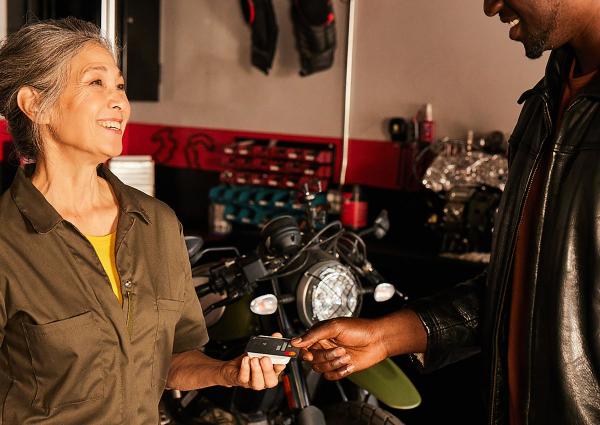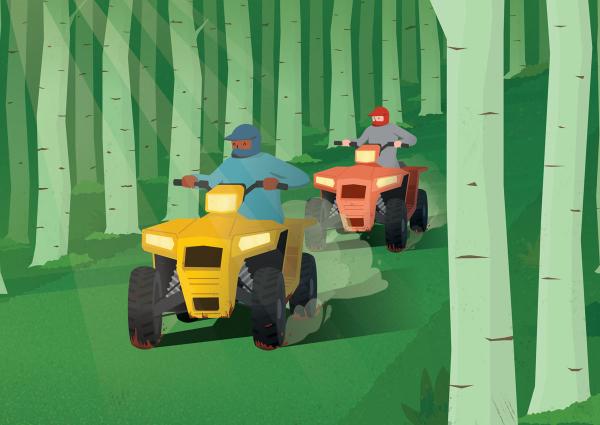Article
November 13, 2020, 2:19 AM EST
How to Boost Long-Term Loyalty as Consumer Habits Shift
In a world where consumer behaviors have been turned upside down, businesses have to rethink what loyalty looks like — and create new paths for building and maintaining customer loyalty for the long term. Smart brands are on it: finding ways to adapt technology, social media and other tools for the current environment while still leaning into the human elements of incentives, rewards and personal connections that sustain loyalty over time.
Focusing on loyal, repeat customers has never been more essential. The question is, what are the best ways brands can focus their efforts to make sure they give consumers what they want and need most right now? According to a Synchrony study, the top three reasons people sign up for loyalty programs are to earn points/rewards (46%), to save money (42%), and to get discounts/promotions (40%).1 We chatted virtually with Brian Berger, C.E.O. and founder of the New York men’s wear brand Mack Weldon; Chris Lakatos, director of marketing at Vintage King, a Michigan-based high-end pro audio equipment retailer; and Leonard Jennings, S.V.P., Loyalty Marketing at Synchrony to understand what actions they are taking to build a loyal customer base.
1Synchrony Loyalty Program Research. July 2020.
Q&As:
Q1: How have the events of 2020 impacted customer loyalty?
Leonard Jennings (Synchrony): Consumers are trying to make the best of their reality, which includes a high degree of uncertainty about the future. That’s changed their behavior and made them more willing to try a variety of new services and technologies. Likewise, companies now need to pivot to align their value proposition with their customers’ needs. For example, if consumers can’t use their airline loyalty
points for travel, they might want to use them for cash to pay a bill.
One of the biggest lessons for businesses is learning how to ensure you have the infrastructure and capabilities to quickly adapt to a new direction. Does your loyalty program offer that kind of maximum flexibility? Because that’s what will keep customers coming back.
Brian Berger (Mack Weldon): We sell men’s wear products that offer a clear loyalty opportunity. After all, guys don’t really like to switch things up once they find a brand they love! But these days, how you market to and communicate with your customers is essential. Historically, we would bang our chests about how awesome our products are on social media. Customers don’t have an appetite for that right now, so we’ve changed our tone to align with what they are going through. Our products include casual, leisurewear — which are now must-haves as people work at home. So we focus on those elements to connect with our base.
Chris Lakatos (Vintage King): In the professional audio space, our customers require a personalized buying experience to ensure we deliver a right fit for their studio. Right now, we have to be even more focused and agile to respond to the recent changes in the marketplace. We have experienced a variety of customers and customer needs during quarantine. Some are hobbyists, exploring a renewed passion for music and recording. Others are longtime professional recording engineers and musicians setting up remote studios and streaming environments at home. Our sales team has worked hard to make sure they connect with the entire range of customers. It has required a lot of one-on-one time, but building those relationships is definitely paying off in terms of loyalty.

Q2: How can businesses look to retain and maintain customer loyalty in a time of more focused spending?
Jennings: So many things are table stakes now, like free shipping, delivery and BOPIS (buy-online-pick-up-in-store). But really, it’s all about making things easy, seamless and, most of all, being meaningfully helpful to your customers. Can you extend the expiration date on coupons and certificates? Can you offer no-hassle returns with an extended return policy? How can you surprise and delight your customers at this moment?
Businesses must dive deep into what their customers are experiencing in this climate. Make sure you have a way to identify the reality of each segment of your business, especially your most loyal and best customers. Make your most loyal customers a top priority. Give them extra discounts, rewards, benefits and incentives to make them feel valued — the white glove treatment. During this time, try to serve, not sell.
Q3: How do you see businesses evolving their loyalty efforts?
Berger: At our company, we are laser-focused on two things: One is making our loyalty program, Weldon Blue, easy and straightforward. Customers don’t want to spend a lot of time thinking about the mechanics of a program, so we’re trying to make it as frictionless as possible. Second, we really want to activate our customers to become brand ambassadors. That means homing in on what loyal customers want. In our case, we have a subset of customers who have actively expressed their desire for a higher loyalty tier. So that’s what we are working to create.
Lakatos: Flexibility and personalization are incredibly important. Each customer comes with their own circumstances and needs. We have to see buyers as individuals and align our communication accordingly.
One thing coming down the pike for us is a new, enhanced loyalty points program that allows us to combine what a customer purchased with other engagement behavior, including comments on social posts, email engagement and more. That way, over time we can really connect with and reward our most loyal customers on a more personal level.

Q4: What loyalty technologies should businesses be investing in as they move through the rest of this year and beyond?
Jennings: I believe that we are going to see an increase in “have it your way” technology that enables customers to personalize and change the components of a loyalty program to their unique flavor and reality: Choose your rewards category, select your double bonus date of the month, cash back or points, etc. While the rewards program construct may become less complex, the technology behind it to allow for individual variations will be more critical.
Additionally, businesses must prioritize A.I. that helps identify loyal customers in the moment to create a personalized, targeted experience. It’s one thing to know who’s shopping your brand; it’s another to be able to target, via rewards or purchase suggestions, based on their shopping history and patterns.
Lakatos: Our company used to participate in and host live events, but like many companies we’ve had to reshape our thinking about how to connect and build loyalty without that medium. Live-streaming on social media, as well as video conferencing on Zoom, has been a big shift. In our industry, professional artists and engineers have engaged even more using social channels to live-stream interviews, personalized Q. and A.s, music-making sessions and more. Pro tip: Even when you invite customers to virtual events, you still have to offer benefit and value for their time. And the quality, of course, should be top-notch.
Q5: How do you see the landscape of loyalty evolving over the next two years?
Jennings: Businesses need to actively engage and build relationships with new customers and build flexibility into loyalty capabilities to meet ongoing needs. That may mean rewarding customers sooner than later or lowering the earn threshold needed for rewards and offering discounts at the point of sale. Finally, companies have to continue to find new ways to get closer to their customers, whether that’s hosting a Zoom call to showcase new products or experimenting with special shopping hours, personalized service and reserved inventory.
Berger: I see real loyalty opportunities for companies that are able to pivot toward e-commerce, especially traditional brands that have typically sold wholesale to department stores. There’s a huge population of consumers with disposable income, including baby boomers, that were historically reticent when it came to buying online. But since Covid-19 they’ve shifted to digital. If these brands can move through this recovery and re-engineer how they think about distribution and take more control over the customer relationship, they have a real chance to build long-term customer loyalty.

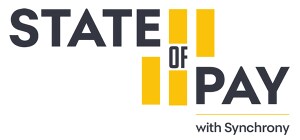



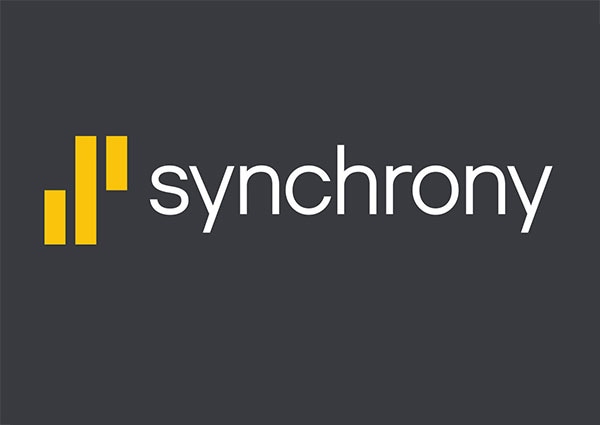
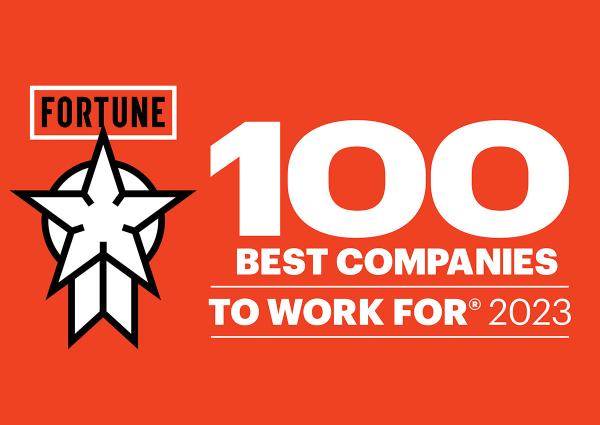



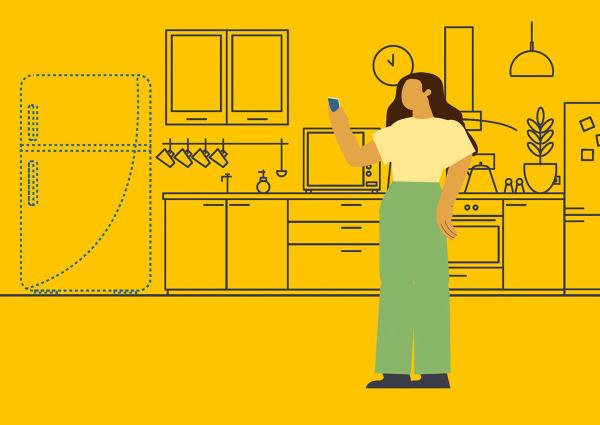
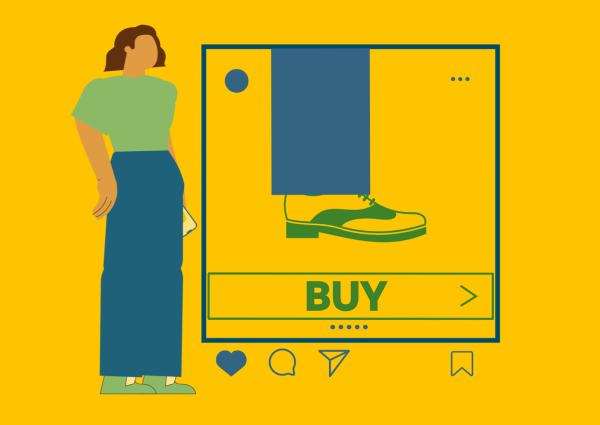

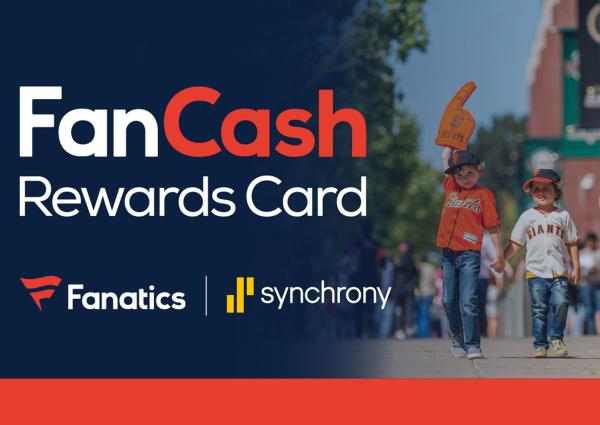

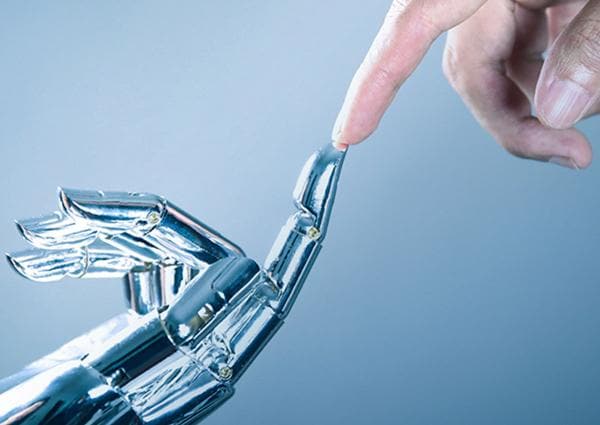
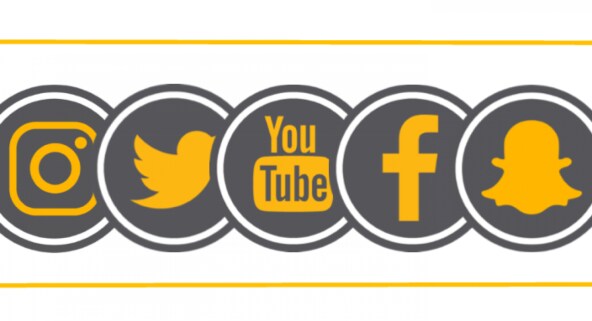
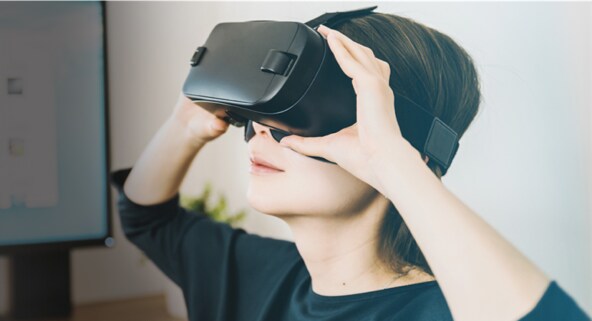
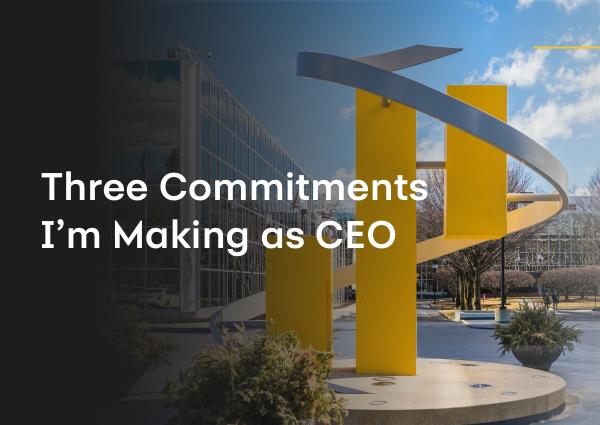
.jpg)
